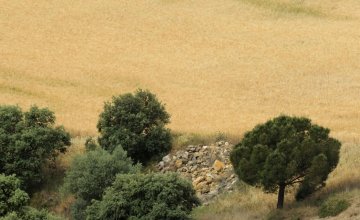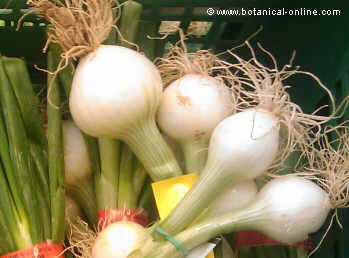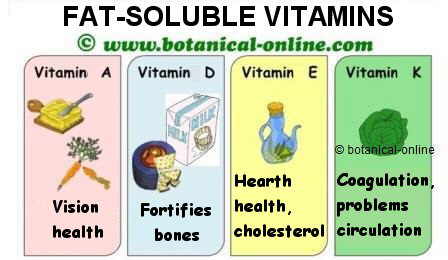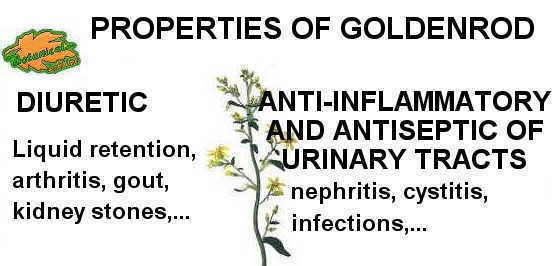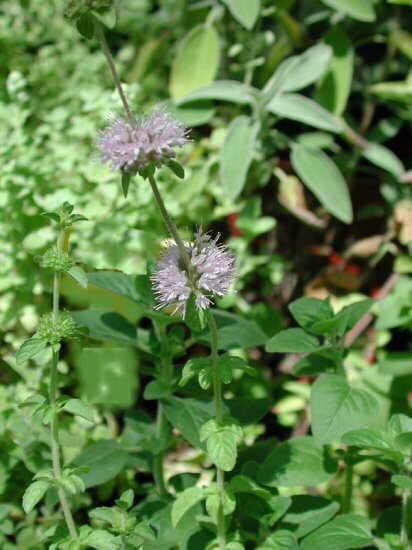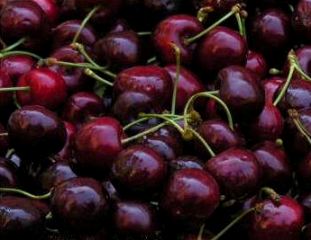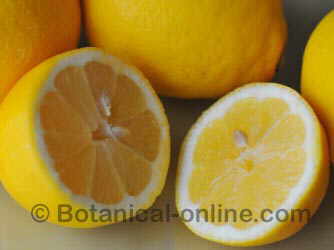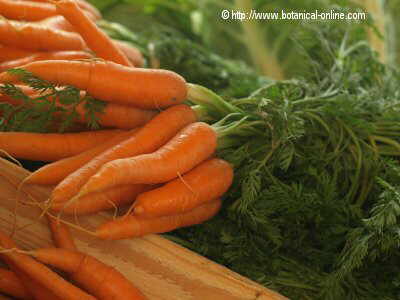Contents
ARE LEGUMES VERY RICH IN CALCIUM?
LIST OF CALCIUM-RICH VEGETABLES (milligrams kg)
How rich in calcium are legumes?
The content of legumes in calcium is very high. In particular soy is very rich in this mineral and especially those products prepared with soy.
Keep in mind that you lose a lot of calcium from vegetable foods with the cooking of them. Thus, for example, winged bean (Psophocarpus tetragonolobus) is a tropical vegetable of New Guinea, all edible.
Its mature seeds contain large amounts of calcium (440 mg per 100 g of weight), however, when it is cooked, it remains at 142 mg, but its content is higher than that of milk (110 mg / 100 gr in the whole milk).
* Related information: Calcium in milk
Is calcium lost when vegetables are cooked?
Most legumes lose more than half of the calcium in the cooking process, which means that the percentage of actual calcium consumed is in many cases lower than that of milk, which is often exceeded when raw. (See how to cook legumes)
Even so, the calcium content of these foods is very high. In addition, we have other products derived from legumes already prepared whose calcium content is much higher than milk such as fried tofu (372 mg) or natto with 217 mg.
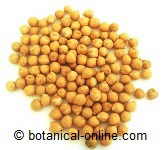
Soy bean is very rich in calcium)
What is natto?
Natto is a food that is made by fermenting the seeds of soybeans, previously boiled, with the bacterium Bacillus natto.
It is characterized by its richness in amino acids and vitamins and by its ability to make blood more fluid, so it prevents us against the formation of thrombi. It is not suitable for people who are taking anticoagulants.
Soy products rich in calcium
Other soya product rich in calcium is tempeh, a kind of kibble prepared with sprouted soy. Used in vegetarian cuisine to replace animal meat, it is especially characterized by its richness in proteins and vitamins.
Paradoxically soy milk has very small amounts of calcium (4 mg), reason why it is often enriched with calcium.
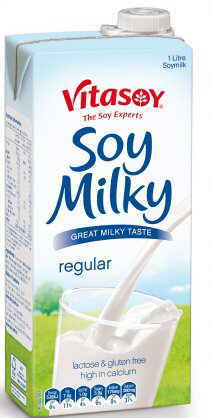
Soy milk, unlike grain, is very low in calcium, unless it is enriched with this mineral
CALCIUM CONTENT IN LEGUMES
In order from highest to lowest content:
| – Dwarf bean, raw dwarf bean (Psophocarpus tetragonolobus): 440 mg – Fried Tofu: 372 mg – Concentrated soy protein: 363 mg – Carob flour: 348 mg – Soy: 277 mg – Soya meal: 244 mg – Defatted soy flour: 241 mg – Natto (derived from fermented soybeans): 217 – Complete soybean meal: 206 mg – California red beans: 195 mg – Roasted soybean meal: 188 mg – Low-fat soy flour: 188 mg – Beans: 186 mg – Isolated soy protein: 178 mg – Great Northen Beans: 175 mg – Lupine: 175 mg – Tofu (nigari) 162 mg – Beans from the boat: 155 mg – Matkis or beans of India: 150 mg – Dwarf bean, cooked dwarf bean (Psophocarpus tetragonolobus): 142 mg – Peanut meal: 140 mg | – Kidney beans: 143 mg – Bean, pigeon pea: 130 mg – Mung beans: 132 mg – Chickpeas: 121 mg – Black beans: 123 mg – Tempeh (soybean cake): 111 mg – Cowpea: 110 mg – Chickpeas: 105 mg – Broad beans: 103 mg – Peanuts: 92 mg – Lime bean: 81 mg – Miso (Soya bean paste): 66 mg – Hummus (chickpea puree) 50 mg – Peas: 55 mg – Falafel (chickpeas): 54 mg – Lentils: 51 mg – Adzuki beans = 66 mg – Sautéed and fermented tofu (fuyu) = 46 mg – Soy sauce (tamari) = 20 mg – Soy sauce (shoyu) = 17 mg – Soy milk = 4 mg |
![]() More information on calcium
More information on calcium
| MINERALS | MACROELEMENTS | MICROELEMENTS |
| Calcium, chlorine, phosphorus, magnesium, sodium, potassium | Copper, chromium, fluorine, iron, manganese, molybdenum, selenium, iodine, zinc. |

